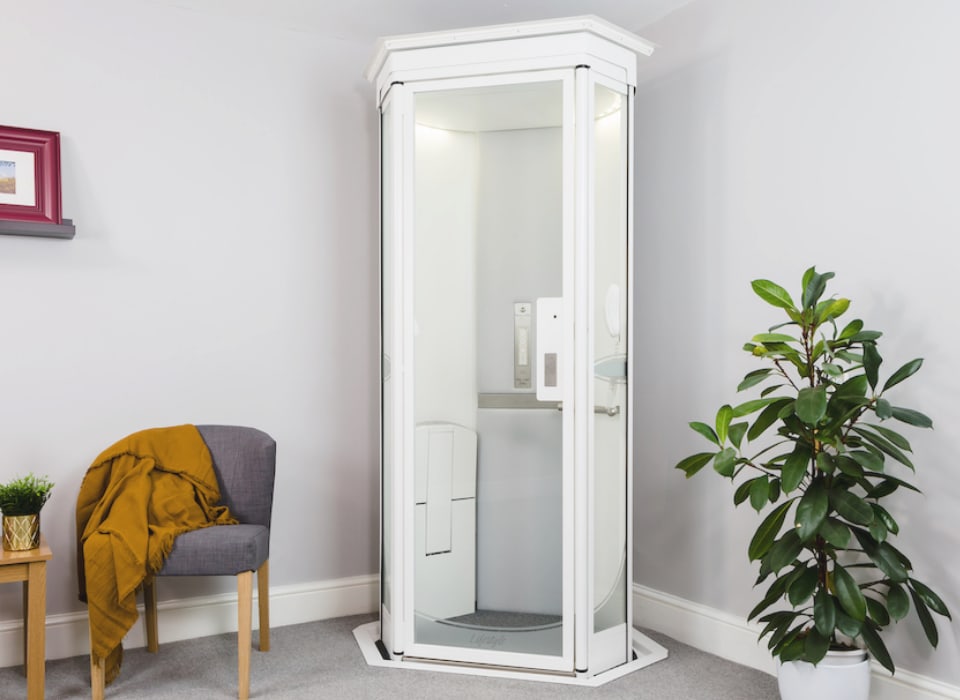Top Lift Companies in London: Offering Top Quality Installations and Upkeep
Top Lift Companies in London: Offering Top Quality Installations and Upkeep
Blog Article
Looking Into the World of Elevators: Common Concerns Encountered by Different Lift Systems
As we browse with the vertical transportation systems of modern buildings, lifts stand apart as a vital element of our day-to-days live. However, behind their seamless procedure lies a world of elaborate mechanisms that can occasionally run into difficulties. From hydraulic lifts to traction systems and machine-room-less designs, each lift type features its set of usual issues. Recognizing these challenges is crucial for guaranteeing the smooth performance of these important systems. Let's explore the intricacies that underlie the procedure of lifts and the potential concerns that can occur, losing light on the detailed web of lift devices.
Hydraulic Lifts
Hydraulic lifts, frequently favored for low-rise buildings, make use of fluid stress to control the motion of the elevator automobile (lift repair companies). This device entails a hydraulic pump pressing oil into a cyndrical tube, creating the elevator to move in the wanted instructions. While hydraulic elevators are understood for their silent and smooth procedure, they do come with their very own set of common concerns
One common problem with hydraulic lifts is oil leak. The seals in the hydraulic system can wear with time, leading to oil seepage. This not only produces a mess but can likewise impact the lift's performance if left unaddressed. In addition, problems with the control system, such as damaged valves or a malfunctioning pump, can trigger disturbances in the elevator's motion.
Regular maintenance and timely repair services are vital to ensure the smooth functioning of hydraulic lifts. By resolving these typical concerns proactively, building owners can lessen downtime and make sure the security and performance of their vertical transport system.
Grip Lifts
When thinking about upright transport systems in buildings, another usual type besides hydraulic elevators is the grip lift. Grip elevators operate utilizing a system of ropes and counterweights that relocate the elevator automobile by clutching onto the hoist ropes. This device permits smoother and much faster upright transportation compared to hydraulic systems.
One of the usual concerns dealt with by traction elevators is rope wear. The continuous movement of the ropes within the traction system can result in deterioration over time, potentially causing the elevator to breakdown or become hazardous for use. Regular inspections and maintenance of the ropes are important to ensure the elevator's correct performance and security.
Another concern that traction elevators might run into is associated with the control system. Problems with the control system can result in issues such as irregular activity, delays in response times, and even full closures. Regular testing and upkeep of the control system are important to avoid such concerns and make certain the elevator's dependability.
Machine-Room-Less (MRL) Lifts
One of the key components of MRL elevators is the portable gearless traction equipment that is installed within the hoistway. This device successfully drives the elevator car without the demand for cumbersome devices discovered in typical traction lifts. Furthermore, MRL lifts typically use a weight system to balance the auto, further improving their energy efficiency.
In spite of their benefits, MRL elevators might deal with obstacles connected to repair and maintenance as a result of the restricted room for devices installation. Availability for servicing elements within the shaft can be restricted, calling for specialized training for specialists. Correct maintenance routines and normal evaluations are essential to make sure the continued smooth operation of MRL lifts.
Overloading and Weight Limit Issues
Straining and weight limit issues are critical issues in lift procedures. Elevator manufacturers style lifts with specific weight capacities to ensure passenger safety and equipment long life.
When elevators are overloaded, it puts excessive stress on the electric motor, cords, and other elements, possibly creating malfunctions or break downs. If they detect excess weight, safety systems such as sensing units and overload sensors are in place to prevent lifts from relocating. In addition, going beyond weight disabled platform lifts prices uk limitations can result in boosted energy consumption and damage on the lift system.
To mitigate straining problems, constructing we maintain lifts managers ought to prominently show weight limits in lifts and enlighten passengers on the value of adhering to these limitations - lift repair companies. Routine upkeep checks by certified technicians can additionally help make sure that lifts are operating within risk-free weight criteria. By attending to overloading and weight limitation concerns proactively, building owners can enhance elevator safety and security and effectiveness
Electrical System Failings
Surpassing weight limits in lifts can not just lead to mechanical issues but additionally possibly add to electric system failures within the lift framework. Electrical system failures are a vital issue in elevator operation, as they can create unforeseen closures, breakdowns, or even security hazards.
Routine maintenance and evaluations are critical to identify and deal with prospective electrical problems immediately, making sure the secure and efficient procedure of elevator systems. By adhering to weight limits and performing routine electric system checks, building proprietors can reduce the threat of electric failings in lifts.
Conclusion

Hydraulic lifts, frequently preferred for low-rise structures, use fluid stress to regulate the movement of the elevator car.When thinking about upright transport systems in buildings, one more common kind apart from hydraulic lifts is the traction lift. Traction lifts run utilizing a system of ropes and weights lift repair near me that move the elevator auto by gripping onto the hoist ropes. Unlike standard lifts that require a different device room to house the devices, MRL lifts integrate many of the elements within the shaft, eliminating the demand for a devoted machine space.In final thought, lifts face typical concerns such as hydraulic breakdowns, grip system failures, and electrical system issues.
Report this page